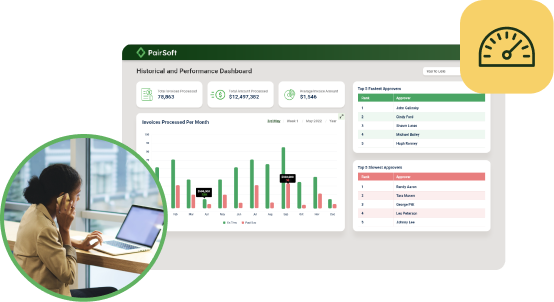
Wadih Pazos
Wadih founded both PairSoft and PaperSave. He is an avid technologist who specializes in streamlining operations and maximizing productivity.
View all posts by Wadih PazosWadih Pazos • July 27, 2016

At the same time, modern software is still somewhat new to the average company, and many have been blindly pushing budget toward these investments without understanding how to use the dollars in the safest, soundest fashion possible. Luckily, a few quick changes to strategy and bits of knowledge can help businesses dramatically reduce their spend on software.
Gartner recently published a report on several proven methods to control software expenditures today, affirming that such adjustments can save businesses about 30 percent annually. To give an idea of just how much is being spent on this technology, Gartner pointed out that global revenues from software purchases are expected to reach $332 billion this year. The analysts admitted that acing the test of spend management in the software category is not easy, but will be worth the effort.
“Automated software license optimization is a relatively new discipline and most organizations are at lower levels of maturity,” Gartner Research Director Hank Marquis explained. “The variety of license entitlements also makes it tough for IT leaders to spot savings, especially in environments with many software publishers and titles. But it’s worth pursuing, as spending reductions contribute directly to the bottom line as gross profit.”
 Businesses need to control their software spending.
Businesses need to control their software spending.According to the analysts, software configurations are among the more common areas in which spending goes awry, especially when leveraging tools from a larger vendor or publisher. By seeking out vendors and publishers that can provide the best price point on configurations, companies will see immediate savings. What’s more, Gartner urged organizations to begin leveraging software asset management tools, which will boost spend transparency and ensure that companies are getting the most out of each investment without allowing overlap of features to occur.
Finally, the researchers pointed out that software licenses – which represent the lion’s share of spending in most situations – can sometimes be recycled and that any opportunity to do so should be acted upon.
As Gartner mentioned, larger publishers will not always be the most affordable, nor the best suited to a company’s needs. Leaders should always be looking for vendors that most closely align with their unique needs, objectives, and budgets. One way to ensure that this is the case is to use a smaller vendor that offers a range of tools, including business process management, workflow automation, transaction process, and other software.
Then, relying upon the vendor to get the job done by way of integration and configuration will be a bit more affordable when compared to those massive, multinational corporations that publish out-of-the-box software.

